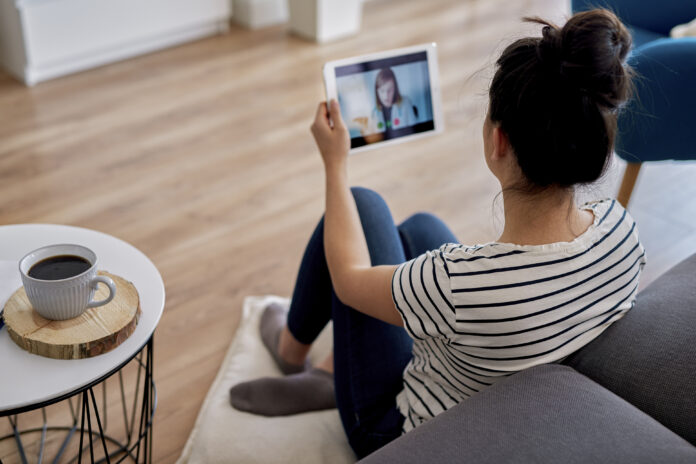
On March 30th, by executive order, President Trump announced temporary changes to health care regulations to improve access to care. One technology that is playing a major role in this new landscape is telehealth. Telehealth, as defined by the Health Resources Services Administration, is the use of electronic information and telecommunications technologies to support long-distance clinical health care, patient and professional health-related education, public health, and health administration. This can include videoconferencing, internet, and wireless communication. Telehealth is broader than telemedicine, which is limited to strictly clinical services.
Prior to COVID-19, telehealth had limitations, particularly for the Medicare and Medicaid populations. Medicare would only reimburse a select few services. Medicare regulations also limited the types of health care professionals that could provide telehealth services and limited the geographic eligibility for those who received services to Health Professional Shortage Areas (HPSA), rural counties outside the boundaries of a Metropolitan Statistical Area (MSA).
The Trump Administration’s Executive Order has changed the regulations of telehealth in the following ways:
- Expanding services eligible for reimbursement
- Allowing providers to bill for telehealth visits at the same rate as in-person visits, including emergency department visits, intake and discharge visits to nursing facilities, and therapy services
- Allowing remote patient monitoring for patients with only one disease
- Allowing physicians to supervise clinical staff using virtual technologies
These changes give the most vulnerable patients access to healthcare without risking exposure to the virus, while increasing the available capacity of health care facilities to deal with potential influxes of COVID-19.
Beyond the Medicare and Medicaid populations, telehealth services are experiencing a surge in demand, especially providers of mental health services. More users are downloading mental health coaching apps, and current users are using them more frequently. One study suggests that 70% of new users of mental health apps joined to cope with COVID-19-related stress. This rapid growth in demand is putting pressure on these services, which are now rushing to increase staff and speed up timelines to launch and implement in response to the growing demand.
Telehealth services have become a critical technology in the new landscape of COVID-19. For now, telehealth is part of this new landscape. Time will tell if these services will continue to grow after the crisis fades.




